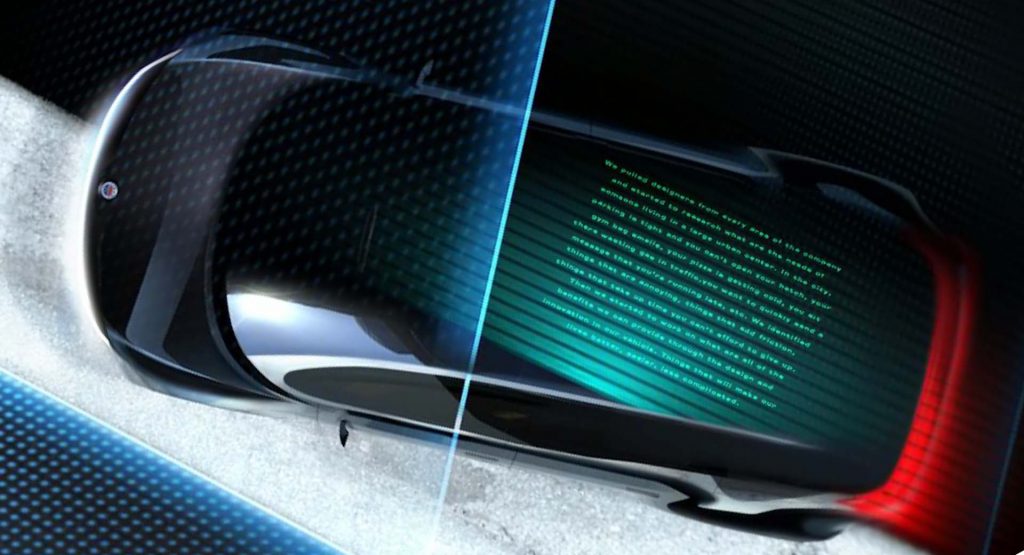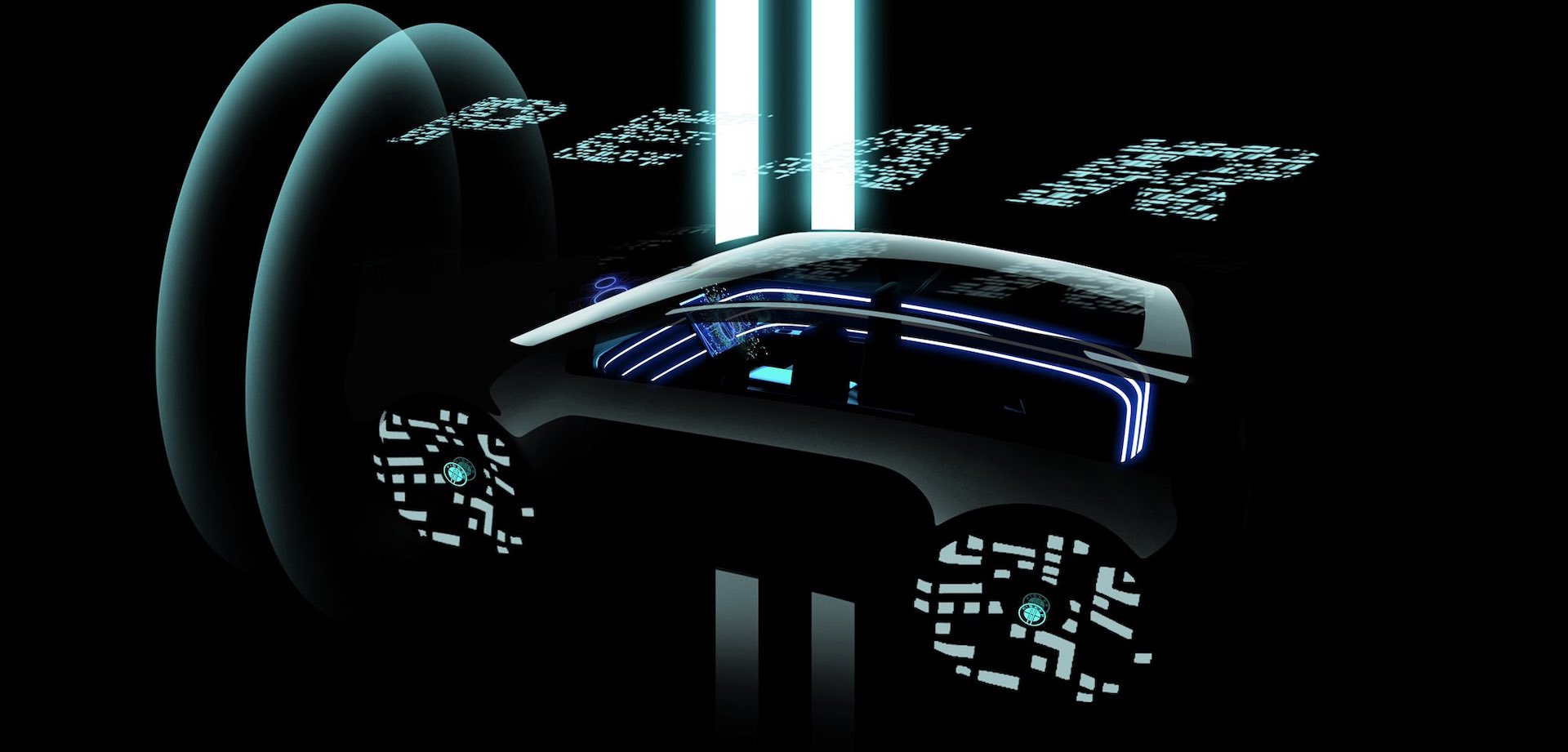Fisker has opened the order book on its second model, giving customers a chance to secure theirs with a $250 deposit.
Called the Pear, the five-seat EV will cost from $29,900 when fully goes on sale in 2024. That means it will slot below the firm’s first model, the Ocean, which was announced last November with a $37,499 starting price.
As Inside EVs highlighted, the actual price of the Pear could be as low as $22,400 if there’s still a $7,500 US federal tax credit available when it finally reaches market. And life should be a little easier than Fisker previously imagined now that Tesla has decided against building its own sub-Model 3 EV.
While the Ocean is an SUV, Fisker refers to the Pear as an “agile urban EV”, suggesting it’s a more conventional car with a lower roofline. We can’t be sure though, because the only image Fisker released with the order book announcements was an overhead shot.
Related: Range-Topping Fisker Ocean Extreme To Pump Out Over 545 HP
The Personal Electric Automotive Revolution begins in 2024. Visit the link for more details. #Fisker #Pearfect #FiskerOcean #CleanFutureForAll https://t.co/iXdpqgov6J pic.twitter.com/fcxZsvZj5M
— Fisker Inc. (@FiskerInc) February 15, 2022
But it does reveal stating similarities to the Ocean, including pronounced rear fender flares and full width light bars at both the front and rear. It also looks like the Pear will have an upright wagon-style rear end.
Pear stands for ‘Personal Electric Automotive Revolution’, and is the result of a joint project between Fisker and Taiwan’s Foxconn, whose Hon Hai EV platform is likely to form the base for the new car. While Ocean production will be contracted to Magna Steyr in Austria, the Pear will be built in Ohio at the ex-GM plant Foxconn recently purchased from troubled EV truck startup, Lordstown.
Although Fisker has yet to reveal many details about the Pear’s specification, CEO Henrik Fisker said it would be both practical and affordable. “PEAR will feature the very latest technology in a beautifully designed, affordable urban mobility device,” Fisker said in a press release. “It’s an exciting vehicle and an exciting time for the company as we expand our lineup.”
That doesn’t tell us much, but a paragraph of text easily mistaken for stylized lighting flashes overlaid on the vehicle’s roof in the image on the order page reinforces the car’s role as an urban tool.
“We pulled designers from every area of the company and started to research what are the needs of someone living in a large urban center,” it reads. “In the city, parking is tight and you can’t open your hatch, your gym bag smells, your pizza is getting cold, you sit there waiting in traffic, you want to quickly send a message that you’re running late, etc.”
“We identified things that are annoying, things that add friction, things that take up time you can’t afford to give up. Then we started to work on what are all of the benefits we can provide through the design and innovation in our vehicle. Things that will make our lives better, easier, less complicated.”
We expect to hear more details about the Pear in the next couple of months, but solid info concerning the supercar Henrik Fisker Tweeted about in January 2022 is probably some way off. Fisker posted an image of the car apparently undergoing fluid dynamic stetting, but quickly deleted it.










